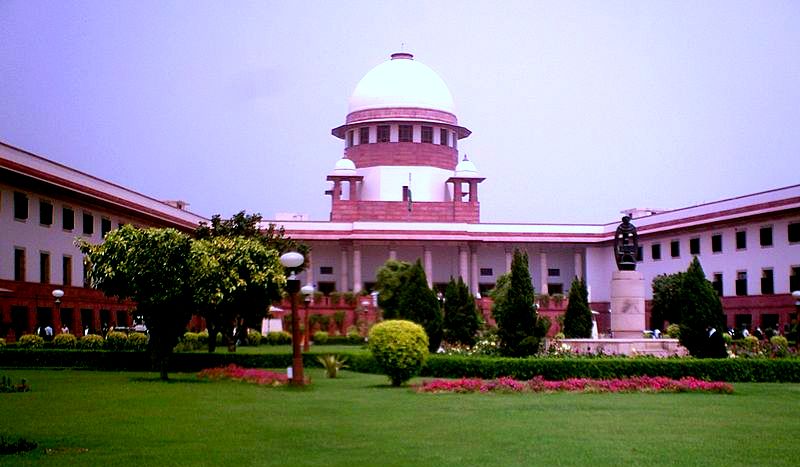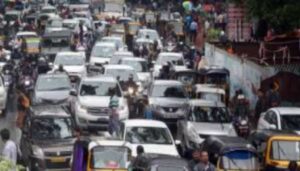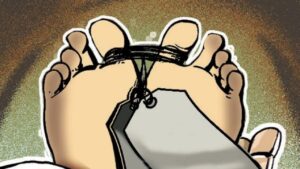Differences Between Supreme Court judges On Hijab Ban, Hearing Will Be Held Before A Larger Bench

New Delhi, 13th October 2022: The Supreme Court had heard for 10 days and after that reserved the verdict on 22 September regarding the hijab ban. This is an important issue as elections are nearing and due to this polarization can also be seen.
The Supreme Court bench could not decide on the application against the ban on hijab in schools and colleges. There were differences of opinion on this issue in a two-member bench. In such a situation, the case has now been handed over to three judges. Now the decision can be taken only by unanimous or majority in the big bench. On Thursday, Justice Hemant Gupta, while giving his verdict, upheld the hijab ban on behalf of the Karnataka government and dismissed the petition of the protestors. At the same time, Justice Dhulia considered the Karnataka government’s decision to ban the hijab as wrong. In such a situation, due to the different decisions of the two judges, the decision will not be valid and now the final decision will be taken by the larger bench itself.
Why Justice Dhulia considered the ban on hijab wrong, read the verdict:
Justice Dhulia expressed an opinion other than that of his senior judge. He said in his decision that to wear the hijab or not is a matter of choice for Muslim girls and there should be no restriction on it. He rejected the Karnataka government’s decision to ban the hijab in educational institutions. He said that the education of girl students is important to him. Issues like the ban on hijab may affect their studies. Significantly, it was also argued on behalf of the side appealing against the hijab ban that it is a matter related to women’s rights, it should not be linked with Quran or Islam.
After hearing for 10 days, SC reserved the decision:
The Supreme Court had heard for 10 days against the ban on wearing hijab in schools and colleges and after that reserved its decision on 22 September. This is an important issue as elections are nearing and due to this polarization can also be seen. The Karnataka High Court had earlier upheld the ban on hijab and rejected the application of Muslim girls, saying that hijab is not a mandatory part of Islam. After this, those opposing the hijab ban challenged it in the Supreme Court.
The question was also raised in the hearing on cross, janeu, and turban:
There was an interesting debate on the Hijab controversy in the Supreme Court. In the court, hijab supporters cited symbols like thread, cross, kirpan, and kada to say that there is no restriction on wearing them. However, these arguments were opposed by the government’s lawyers, saying that it is wrong to say so. These symbols are not worn over the dress. The court also considered the comparison of the hijab with these symbols to be wrong. A bench of Chief Justice Ritu Raj Awasthi, Justice Krishna S Dixit, and Justice JM Khaji of Karnataka High Court had earlier held that students cannot object to the decision to implement the dress code. It is the right of any institution to make rules on the dress code.
The dispute started at a college in Udupi, then stir across the country:
The hijab controversy started at a women’s college in Udupi, where some girl students were prevented from attending class by the principal and staff, for wearing hijab. After this, the girl students started the demonstration and then the controversy started in other parts of Karnataka and also in other states of the country regarding the hijab. The college administration said that suddenly some girl students started coming to the college wearing hijab, whereas before that there was no dispute about it.








